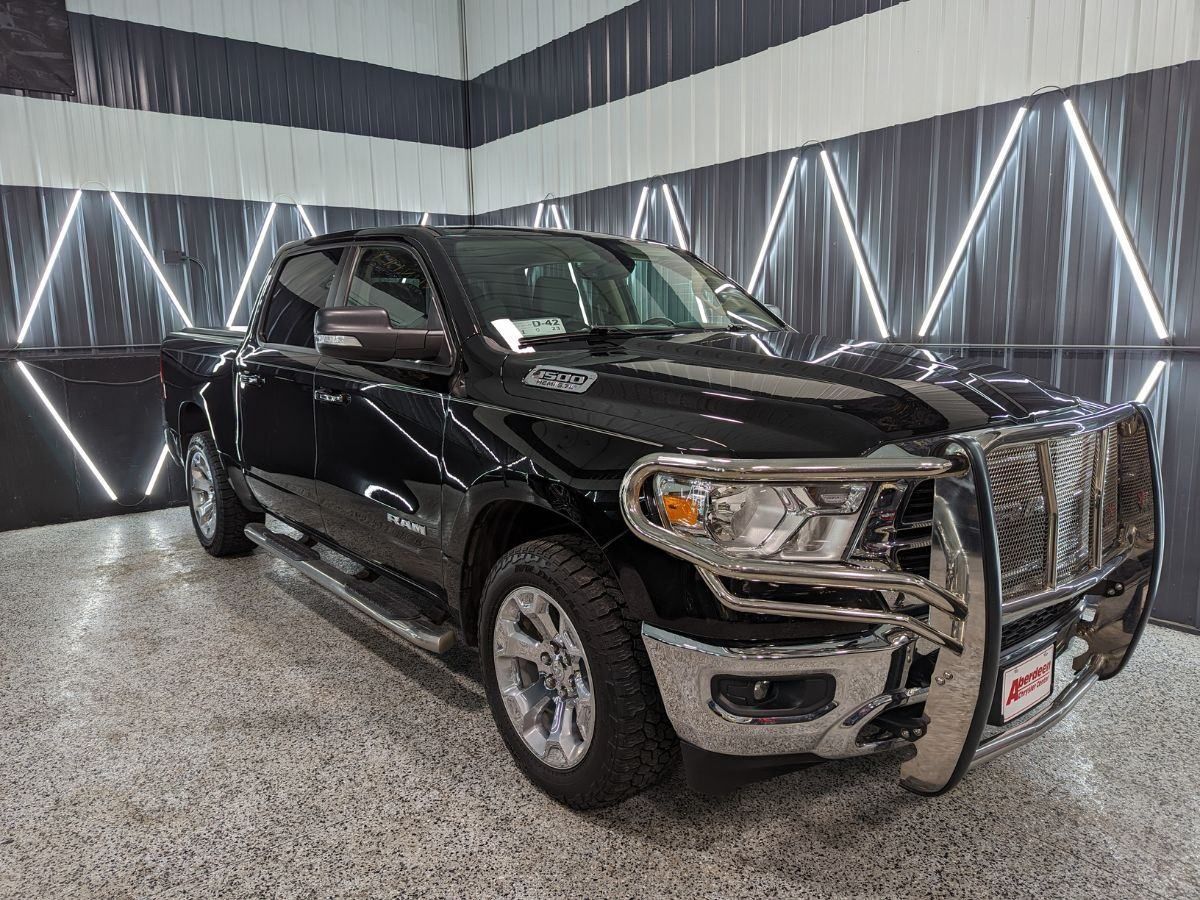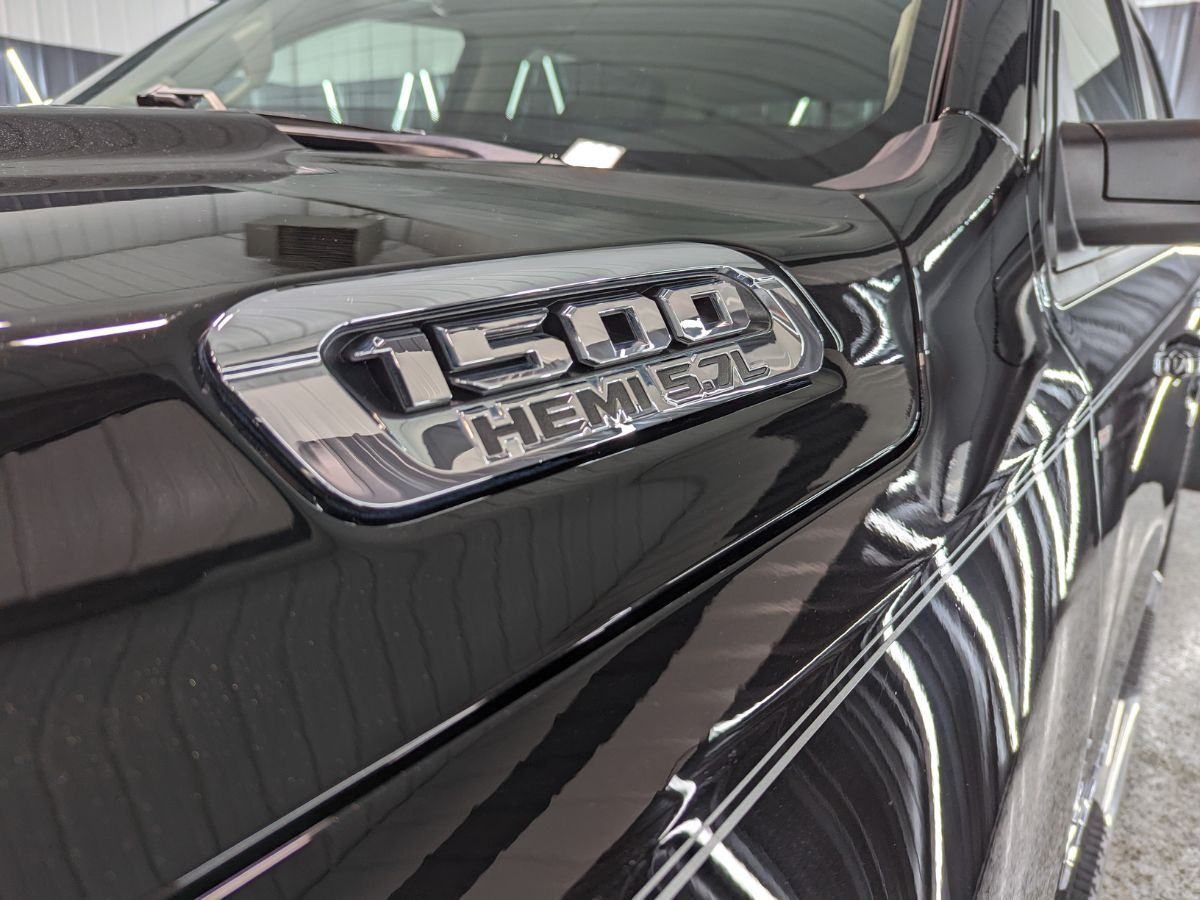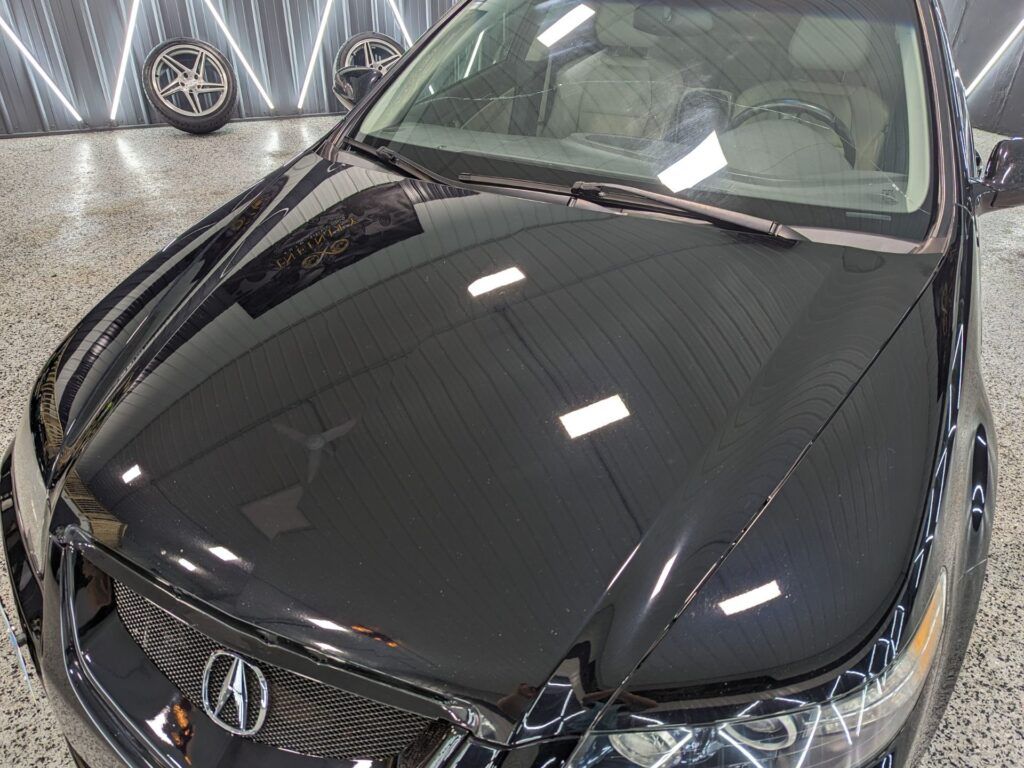The Ultimate Guide To Detailing A Car Interior Like a Pro
A well-maintained car not only looks aesthetically pleasing but also ensures a comfortable and enjoyable driving experience. While many car owners focus on the exterior appearance, neglecting the interior can lead to a poor overall impression. Interior car detailing is the process of thoroughly cleaning and restoring the inside of your vehicle, and it plays a crucial role in keeping your car in top-notch condition. But many car owners are left wondering about the best way to detail the interior of their vehicles. So, how do you detail a car’s interior?

In this article, from the expert team at Infinity Auto Styling in Bismarck, ND , we’ll explore why interior car detailing is so important, what equipment you need to get started, and how to detail a car interior like a pro.
Why is interior car detailing so important?
Interior car detailing is of paramount importance due to several compelling reasons. Firstly, the interior of your car serves as a confined space where you and your passengers spend a significant amount of time. The accumulation of dust, allergens, and bacteria can pose health risks, especially for individuals with allergies or respiratory conditions. Regular detailing plays a crucial role in eliminating these potential hazards, promoting a healthier and more hygienic environment inside your vehicle.
Secondly, a well-maintained interior contributes significantly to the overall resale value of your car. Just as a meticulously cared-for exterior attracts potential buyers, a clean and well-kept interior makes a lasting impression. Regular detailing helps prevent wear and tear, preserving the quality of the upholstery, dashboard, and other surfaces. When it comes time to sell or trade-in your vehicle, a pristine interior can command a higher price and demonstrate your commitment to maintaining your car in top-notch condition.
What equipment do you need to detail a car interior?
Before diving into the interior car detailing process , gather the following equipment:
Vacuum Cleaner
Invest in a powerful vacuum cleaner to remove dirt, debris, and pet hair from carpets, seats, and crevices.
Cleaning Solutions
Choose mild, automotive-specific cleaning products for different surfaces like leather, fabric, plastic, and glass.
Soft Brushes and Microfiber Towels
These are essential for gentle scrubbing and wiping without causing damage to delicate surfaces.
Compressed Air Can
Ideal for reaching and removing dust from hard-to-reach areas.
Upholstery Cleaner
For deeply stained or soiled fabrics, use a specialized upholstery cleaner.
Detailing Brushes
These small brushes help clean intricate areas like air vents and buttons.
Glass Cleaner
Use a streak-free glass cleaner to ensure crystal-clear windows and mirrors.
Protective Products
Consider applying protective products like fabric protectors and leather conditioners after cleaning to maintain surfaces.
Top tips to help you detail a car interior like a pro
To achieve professional-level results when detailing your car’s interior , follow these comprehensive steps:
1. Declutter and Empty
Before starting the cleaning process, take the time to declutter and empty your car’s interior. Remove all personal items, loose change, and any unnecessary clutter. Take out the floor mats and shake them to remove loose debris. Dispose of any trash and organize the remaining items in a designated container.
2. Vacuum Thoroughly
Using a high-quality vacuum cleaner with appropriate attachments, thoroughly vacuum the interior. Start by vacuuming the floors, and moving the seats forward and backward to reach all areas. Pay extra attention to the gaps between seats, where dirt and crumbs tend to accumulate. Extend your vacuuming to the seats, especially in the crevices and folds, and remember to vacuum the carpeted areas on the sides of the footwells and beneath the seats.
3. Clean Surfaces
With the interior now clutter-free and vacuumed, it’s time to clean all surfaces. Begin by wiping down the dashboard, center console, door panels, and cup holders with an appropriate automotive cleaning solution. Opt for products that are safe for the materials used in your car’s interior. Microfiber towels are ideal for this task as they are gentle on surfaces and leave no lint behind.
4. Deep Clean Upholstery
Tackling stained or soiled upholstery requires a more thorough approach. For fabric seats and carpets, use an automotive upholstery cleaner. Follow the product instructions, which may involve spraying the cleaner on the affected areas, agitating with a soft brush, and then blotting with a clean cloth. For leather seats, employ a specialized leather cleaner that matches the type of leather in your car. Once cleaned, allow the upholstery to dry completely before proceeding.
5. Condition Leather
Leather seats require regular conditioning to retain their luxurious feel and prevent cracking over time. After cleaning the leather, apply a suitable leather conditioner. Spread a small amount of conditioner evenly across the surface, gently massaging it into the leather. Allow it to absorb as per the product instructions, and then use a clean cloth to buff off any excess.
6. Detailing Small Areas
For intricate areas such as air vents, buttons, and other tight spots, utilize detailing brushes and compressed air. Use the detailing brushes to gently dislodge dust and grime from hard-to-reach areas. Compressed air can be effective for blowing out debris from crevices, but exercise caution to avoid any damage to delicate components.
7. Windows and Mirrors
To achieve crystal-clear windows and mirrors, use a high-quality glass cleaner and a microfiber cloth. Spray the glass cleaner evenly on the surfaces and wipe it off using the microfiber cloth in a straight, overlapping motion. Ensure there are no streaks or residue left behind for optimum visibility.
8. Deodorize
Finally, give your car a fresh and inviting aroma by using a car-specific air freshener or an odor eliminator. Choose a scent that suits your preferences and apply it according to the product instructions. Remember not to overuse the air freshener, as an overpowering scent can be just as unpleasant as unwanted odors.
By following these detailed steps, you can achieve a professionally detailed car interior that not only looks impressive but also provides a comfortable and enjoyable driving experience for you and your passengers.
How often should you detail the interior of your car?
The frequency of interior car detailing depends on your usage, driving habits, and environment. As a general rule of thumb, detailing the interior every 3 to 6 months is a good practice for most car owners. However, if you have pets, frequently transport passengers, or consume food in your car, you might want to consider more frequent detailing.

The best interior car detailing services in Bismarck, ND
For those seeking professional interior car detailing services in Bismarck, ND , look no further than Infinity Auto Styling . With a team of skilled technicians and a passion for automotive perfection, Infinity Auto Styling offers top-notch interior car detailing that will leave your car looking and feeling like new. From thorough cleaning to specialized treatments, we take pride in delivering outstanding results.
Schedule your interior detailing service with us by calling +1 701-426-6715 or coming to our location at 2049 71st Ave NE Unit 4, Bismarck, ND 58503, United States .





